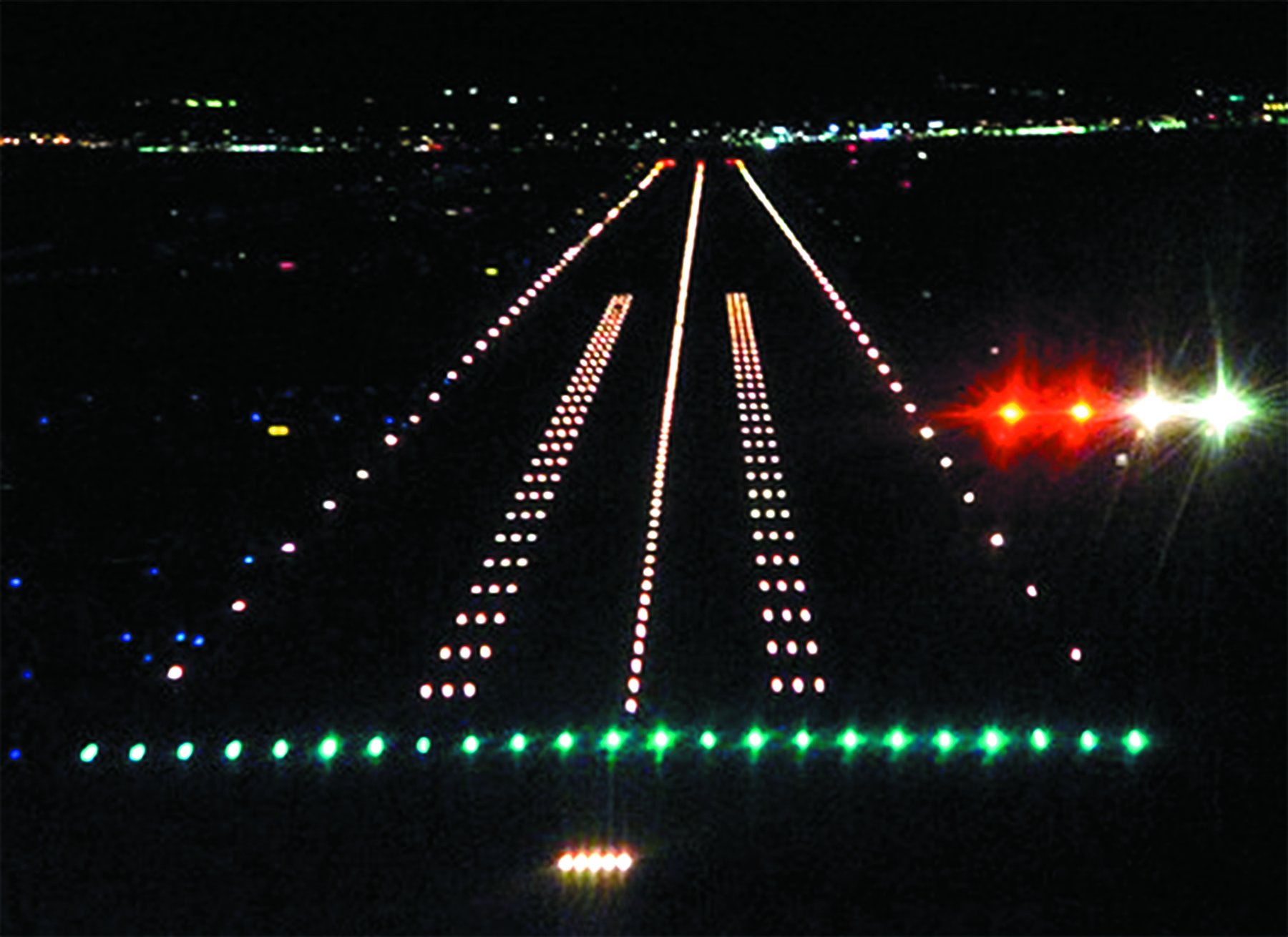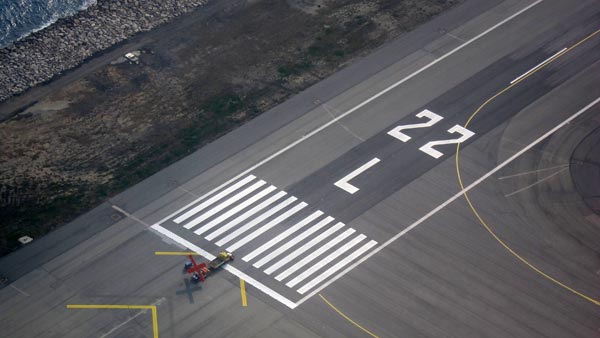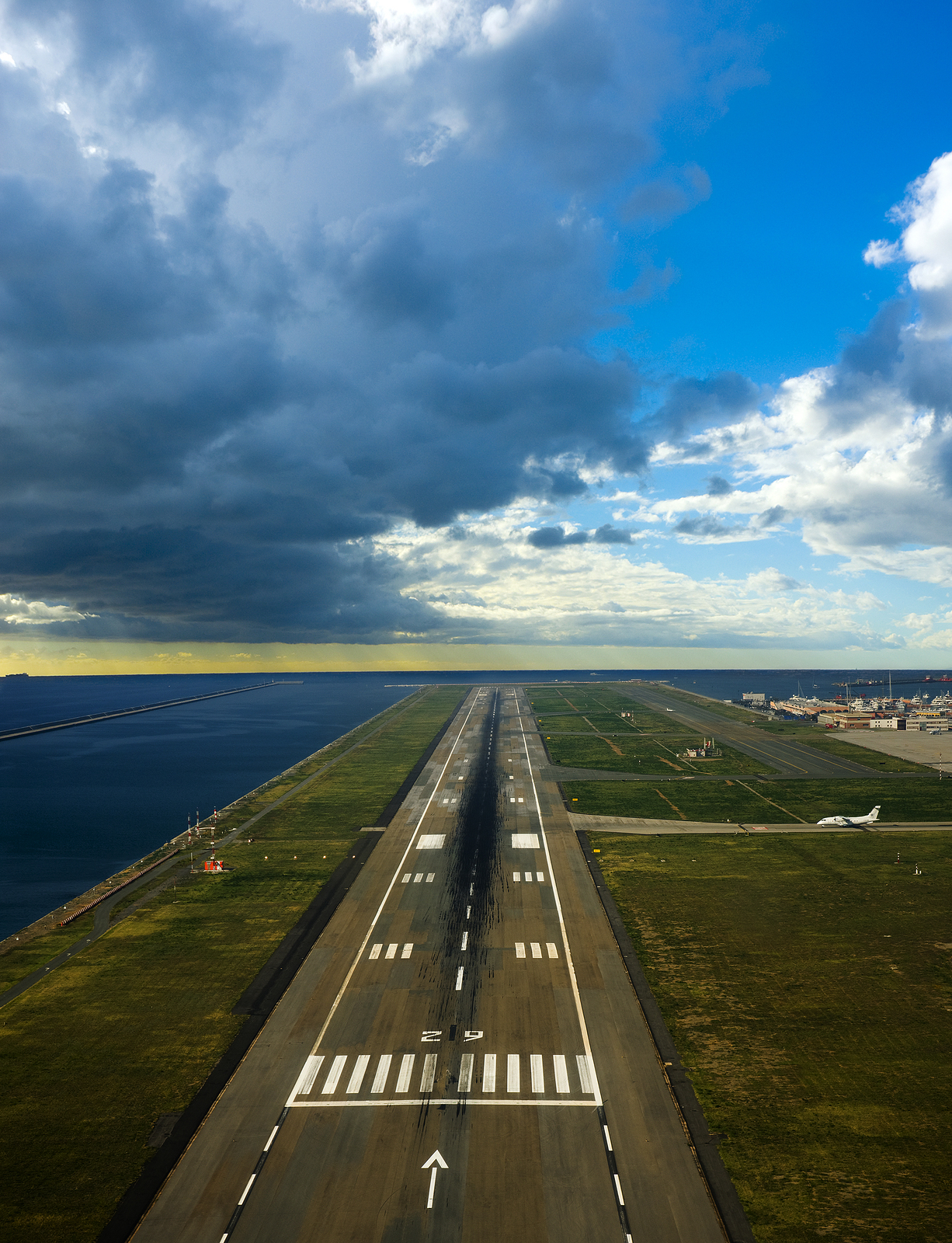
Runways with non-hard surfaces, such as small turf airfields and waterways for seaplanes, may use the standard numerical scheme or may use traditional compass point naming, examples include Ketchikan Harbor Seaplane Base's Waterway E/W.
#RUNWAY NUMBERS FULL#
These strips eschew the standard numerical naming convention and instead employ the runway's full three digit heading examples include Dobbins Air Reserve Base's Runway 110/290 and Duke Field's Runway 180/360. Military airbases may include smaller paved runways known as "assault strips" for practice and training next to larger primary runways. For example, runway 05 at Halifax will appear on the program as the single digit 5 rather than 05. In flight simulation programs those of American origin might apply U.S.

It is very common in a country such as Canada for a controller to clear an incoming American aircraft to, for example, runway 04, and the pilot read back the clearance as runway 4.

This American anomaly may lead to inconsistencies in conversations between American pilots and controllers in other countries. This also includes some military airfields such as Cairns Army Airfield. civil aviation airports drop the leading zero as required by FAA regulation. The two 14/32 runways go from upper left to lower right, the two 4/22 runways go from lower left to upper right, and the two 9/27 and three 10/28 runways are horizontal.Ī leading zero, for example in "runway zero-six" or "runway zero-one-left", is included for all ICAO and some U.S. military airports (such as Edwards Air Force Base). Wind direction is given as the direction the wind is coming from: a plane taking off from runway 09 faces east, into an "east wind" blowing from 090°.įAA airport diagram at O'Hare International Airport. Compiling a wind rose is in fact one of the preliminary steps taken in constructing airport runways. Airports with one runway are often constructed to be aligned with the prevailing wind. Larger airports usually have several runways in different directions, so that one can be selected that is most nearly aligned with the wind. In January 1919, aviation pioneer Orville Wright underlined the need for "distinctly marked and carefully prepared landing places, the preparing of the surface of reasonably flat ground an expensive undertaking there would also be a continuous expense for the upkeep." Headings įor fixed-wing aircraft, it is advantageous to perform takeoffs and landings into the wind to reduce takeoff or landing roll and reduce the ground speed needed to attain flying speed. In 1916, in a World War I war effort context, the first concrete-paved runway was built in Clermont-Ferrand in France, allowing local company Michelin to manufacture Bréguet Aviation military aircraft. Runway lengths are now commonly given in meters worldwide, except in North America where feet are commonly used. Takeoff and landing areas defined on the surface of water for seaplanes are generally referred to as waterways. Runways, taxiways and ramps, are sometimes referred to as "tarmac", though very few runways are built using tarmac. Runways may be a human-made surface (often asphalt, concrete, or a mixture of both) or a natural surface ( grass, dirt, gravel, ice, sand or salt).

According to the International Civil Aviation Organization (ICAO), a runway is a "defined rectangular area on a land aerodrome prepared for the landing and takeoff of aircraft".


 0 kommentar(er)
0 kommentar(er)
